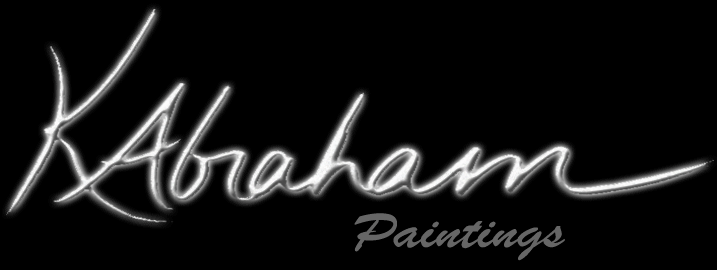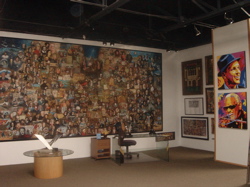

 Unveiling 30 x 24" acrylic on canvas Melrose Plantation (circa 1796) Within these walls, lies timeless themes of hardship, freedom, and hope. This piece is designed to unveil the stories of the old south while inspiring hope for the future. The Melrose story begins
with Marie Therese Coincoin, a slave born in 1742. She was sold to a
Frenchmen, Claude Thomas Pierre Metoyer, who eventually freed Marie
Therese and ten Franco-African children. Evidence points to Metoyer as
the Father of these children. Marie Therese and son Louis Metoyer
received large grants of land including the present Melrose plantation.
Marie Therese and her sons would eventually build the early Louisiana
plantation, Melrose. Ironically, Marie Therese and her children
purchased slaves to help in clearing the land, and cultivating indigo,
tobacco, corn, cotton, and raising cattle.
In 1898, after the Civil War and years of southern reconstruction, Melrose became the home of John and Cammie Henry. Under “Miss Cammie’s” influence, Melrose became a colony for artists and writers. Many would live in restored buildings from the plantations’ colonial past. Miss Cammie’s guests included Lyle Saxon, William Faulkner, Sherwood Anderson, Alexander Woolcott, Harnett T. Kane, John Steinbeck and Rachel Field, and many of their works were conceived or written while at Melrose. It also was at Melrose that Louisiana's most famous folk artist, Clementine Hunter, worked as a plantation field hand and cook for the Henry family. When Clementine found paints and brushes that New Orleans artist, Alberta Kinsey, left behind, she asked permission to paint a picture of her own. Clementine was about 50 years of age when she began to paint scenes of plantation life in the late 1930’s, and continued to paint until a few months before her death in 1988 at the age of 101. In 1970 the Henry family sold the plantation at auction, the Southdown Land Co. purchased the plantation and donated the buildings and the immediate land to the Association for the Preservation of Historic Natchitoches. Clementine Hunter's work can be seen in the Smithsonian Institute, the New Orleans Museum of Art, the Museum of American Folk Art in New York, the High Museum of Atlanta, the Dallas Museum of Fine Arts, the New York Historical Association, the Oprah Winfrey Collection in Chicago and many other museums and private collections, including the Roger Ogden Museum in New Orleans, where the Clementine Hunter Educational Wing is expected to open soon.   American Fine Art & Frame Co. View and purchase this painting at American Fine Art in Dallas, Texas. |

CLICK NOMADIC LOGO TO VIEW PROJECT
Home | About | Contact | News | Paintings | Music | Galleries | Music Trailer
|
Copyright © 2005 Abraham Studios
Send mail to abraham@kristinabraham.com with questions or comments about this site. |
